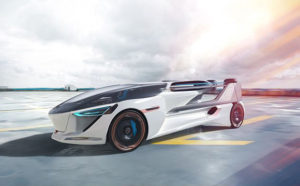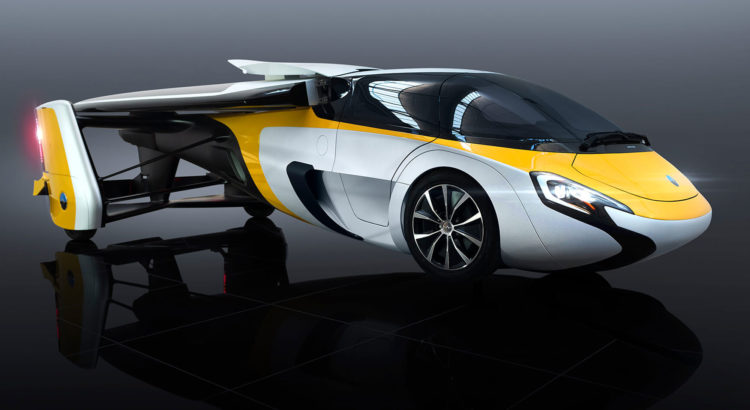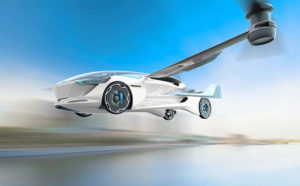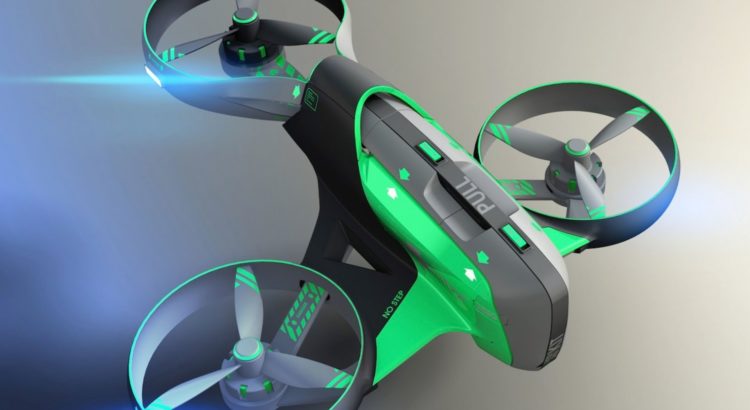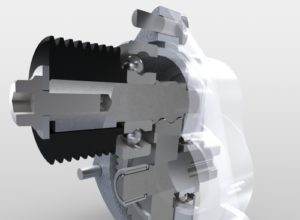The word Porsche brings to mind a sleek sports car, not familiar just to car aficionados but to anyone who has flipped through a car magazine. But there is more to the name than just a fabulous car. The name carries with it a legacy of three generations of automotive designers… The design philosophy developed by the three men of the Porsche family gives all aspiring automotive engineers an inspiration to pursue this career field.
Mr. Ferdinand Porsche – Car Engineer of the Century!
Who he was!
Ferdinand Porsche turned engineer when he was just a teenager. He designed his community’s first residential electric lighting system for the Porsche household. This early start took him to great heights. He was best known for creating the first hybrid vehicle (gasoline-electric), the Volkswagen Beetle. Porsche designed the 1923 Benz Tropfenwagen, which was the first race car with mid-engine, rear-wheel drive layout. In April 1931 Porsche founded his consulting firm, “Dr. req. h.c. F. Porsche GmbH, Konstruktionen und Beratungen für Motoren und Fahrzeugbau”, in Stuttgart which later became Porsche, one of the front runners of the automotive industry.
Features of the car he designed: The Volkswagen Beetle
The Beetle featured a rear-located, rear-wheel drive, air-cooled four-cylinder, boxer engine in a two-door bodywork featuring a flat front windscreen, accommodating four passengers and providing luggage storage under the front bonnet and behind the rear seat – and offering a coefficient of drag of 0.41. Front and rear suspension featured torsion bars along with front stabilizer bar – providing independent suspensions at all wheels. Features including its distinctive overall shape, endured.
Its engine, transmission, and cylinder heads were constructed of light alloy. An engine oil cooler (located in the engine fan’s shroud) ensured optimal engine operating temperature and long engine life, optimized by a thermostat that bypassed the oil cooler when the engine was cold.
Mr. Ferdinand Anton Ernst Porsche
Who he was!
Ferdinand Anton Ernst Porsche, also known as Ferry Porsche continued the legacy of his father. Along with his father, he opened a bureau of Automobile Design in 1931. Following his father’s old aspiration, Ferdinand Anton Porsche designed the Porsche 356, based on the compact Volkswagen. While the 356’s body was an original design by Porsche employee Erwin Komenda, its mechanicals (including engine, suspension and chassis) were designed by Ferdinand Anton Porsche.
An automobile dealer from Zurich ordered the first shipment in the winter of 1947 and thus production of the automobile first began. Under Ferry Porsche’s supervision, the units were built completely by hand at an improvised workshop at Gmünd. The sales of the Porsche 356 are a testament to the contribution of Ferdinand Anton Porsche to the automotive industry. It was Ferry Porsche, who had turned his own father’s business from strictly an engineering and design company into a manufacturer as well.
Features of the car he designed: Porsche 356
The 356 had an air-cooled, rear-mounted, 4-cylinder engine producing 35 hp. Due to the location of its engine; the car was a little unstable but the balance favored potency and light weight.
It was a lightweight and nimble-handling rear-engine rear-wheel-drive 2-door sports car available in hardtop coupe and open configurations. Design innovations continued during the years of manufacture, contributing to its motorsports success and popularity.
Mr. Ferdinand Alexander Porsche
Who he was!
Ferdinand Alexander Porsche was born in Stuttgart on Dec. 11, 1935. F.A. Porsche was
initiated into the family business while still a boy, spending time in his grandfather’s
workshops and design facilities. He studied at the Hochschule fuer Gestaltung in Ulmand joined the company in 1958, taking over the design studio in 1962.
Toward the end of the 1950s, however, Ferry Porsche decided to create a replacement model for the company’s signature automobile, and several proposals from designers both within and outside the company were rejected as either too closely tied to the 356 or not tied closely enough to the distinct Porsche aesthetic. But in December 1959, F. A. Porsche completed a full design model for the replacement prototype and in 1963 the new model, originally designated the 901, and was introduced at an auto show.
Features of the car he designed: Porsche 911
It has a distinctive design, rear-engine and with independent rear suspension, an evolution of the swing axle on the Porsche 356. This was the successor to the beloved Porsche 356. The Porsche 911 was first unveiled at the Frankfurt IAA Motor Show in 1963 as the 901. The 160-hp 911 S arrived in 1966 with forged alloy wheels from Fuchs. The Porsche 911 is slightly longer and narrower than the 356, more powerful, with a six-cylinder, rather than a four-cylinder, engine, the original 911 also had more legroom, more rear seat room and bigger doors for easier entrances and exit.
Throughout its lifetime, the 911 was modified by private teams and by the factory itself for racing, rallying and other forms of automotive competition. It was among the most successful competition cars of its time.
